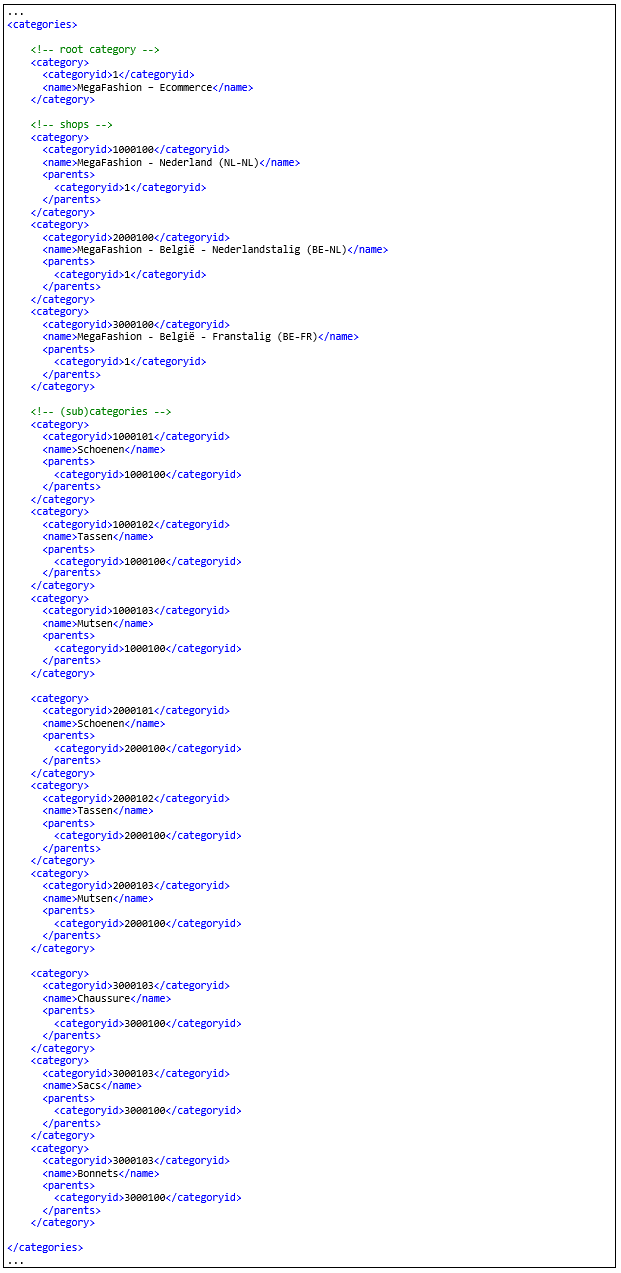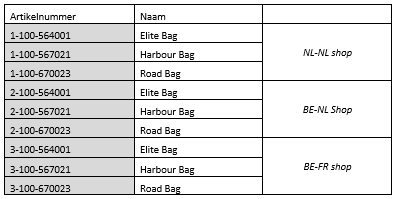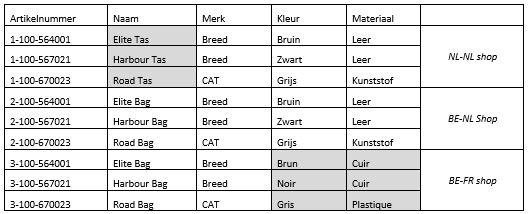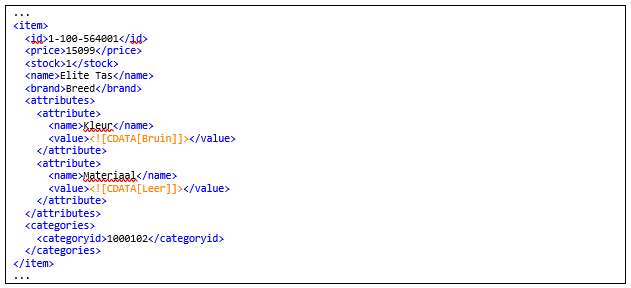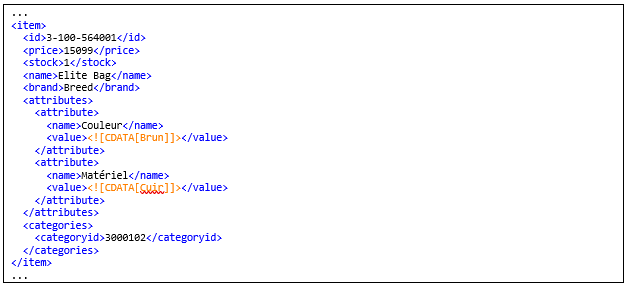Heads up! We have a new documentation site and this article has been rewritten.
Check out the latest version of this article →
Tweakwise supports one product structure and one category structure. If your e-commerce platform is available in multiple languages, there's several methods to solve this problem:
1. Each language and country gets a separate feed. This means that every language and/or country needs a separate Tweakwise Navigator environment. Each of the environments has to be managed separately.
2. The languages and countries are combined into one feed. This means you will only need one Tweakwise Navigator environment. Parts of the environment can be used for the various languages and country.
If the products for the various languages and countries are the same, then the second option (combining) is the best option. If the products differ greatly between the languages and countries, then the first option (separate feeds and environments) is the best option.
Let's say that we have a fashion shop with a fixed product range that sells in the Netherlands and Belgium. You'll have 3 shops: the Dutch shop, the Belgian-Dutch shop and the Belgian-French shop. The products that we want to sell (SKUs) are the same for all the shops, only the names and the prices are different. It would be best to combine the shops in one feed and use one Tweakwise Navigator environment.
On the other hand, let's say we've got an e-commerce platform that consists of different 'clusters': bathroom, BBQ, carpets et cetera. The clusters are managed by different people and the products are different. It would be better to use separate Tweakwise environments and feeds, to keep a better overview.
Magento
Tweakwise's Magento extension facilitates combining different storefronts into one feed by default.
Structure when combining into one feed
Categories
Let's say we've got a shop called 'MegaFashion'. The shop sells online in the Netherlands and Belgium. Within the shop, there's 3 main categories: shoes (schoenen), bags (tassen) and hats (mutsen). Normally, we'd find sub and sub-sub categories under those, but to keep it simple for the example, we'll leave those out for now. So we'll have these categories:
In the example, all categories have a unique Category ID. In reality, these categories might have the same Category ID because they're only being translated. In that case, it will look like this:
Every category in Tweakwise needs to have a unique Category ID. In the last example, a conversion code needs to be added for each shop. For example:
When the categories have been made unique, they need to be placed in a structure. To do this, we need to add a root category:
This category structure is suited for Tweakwise. The category structure will look like this in the XML:
The <parents> tag always makes a link to the superior category/categories. Make sure that the parent <categoryid> contains an ID that is included in the feed.
Products and properties
All products need to appear separately in the feed for each language and country. This means that for each SKU, three products will appear in the feed. The three products need to be linked to the corresponding category in the country/language shops. Because they will be separate products, the product names and properties can be edited to suit the language.
Let's say we've got these three bags:
The bags need to be duplicated for the three shops. This means they will all have to get a unique code. The easiest way to do this is adding a conversion code. This code could be the Category ID of the shop in which the product belongs. You could also use another code but that's the most logical way to do it. All that matters is that the products get a unique ID. For example:
The products might have a different name per country. Or their properties might have their own translation per language. It's easy to facilitate those factors with this structure:
Merk = Brand Kleur = Color Bruin = Brown Zwart = Black Grijs = Gray Leer = Leather Kunststof = Plastic
These nine products need to be included in the feed's XML. The products will be linked to the right category. This is the XML for product 1-100-564001 for example:
This is the example for the same product, but for the Belgian-French shop:
Pay close attention to the translated names and property values.
Tweakwise webservices
The constructed feed can be read by Tweakwise. Next, you can set up search and navigation in Tweakwise and the front-end of the webshop can be linked to Tweakwise (there's separate documentation for this). Tweakwise will return the IDs that are supplied by the feed. Note that there may be conversion codes in there. If Tweakwise returns code 3000102 in a search, then the front-end might have to delete the conversion code '3000' before the product can be retrieved from the database.
In the case of multilingualism or multi-nationality, the Category IDs of the right shop need to be supplied when calling Tweakwise webservices. Let's say that you want to execute a search in the BE-FR shop, then the Category ID 3000100 need to be supplied in the call. This way, Tweakwise knows exactly within which set of categories and products it can search. If you don't do this, Tweakwise might return 3 products that are exactly the same in a search. For example:

Pay attention to possible conversion codes when supplying Category IDs.





